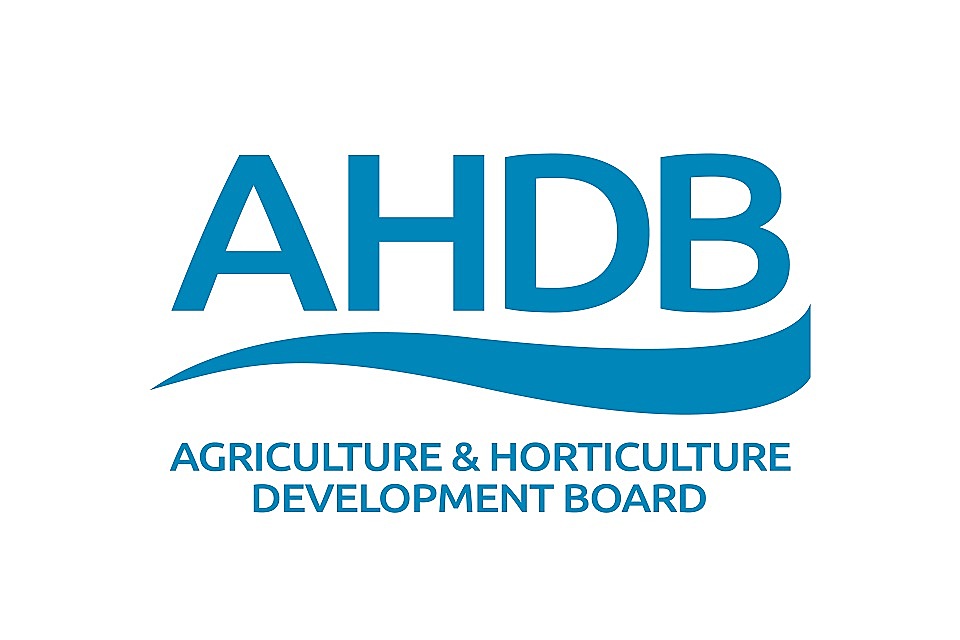To cover the whole supply chain; we work with farmers, growers, packers, processers, agronomists, vets and abattoirs. This helps us unify the industry, bridge gaps in knowledge and encourage collaboration to build a stronger future for everyone.
Our four priorities are:
- Competitiveness: Inspiring British farming and growing to be more competitive and resilient
- Productivity: Accelerating innovation and productivity growth through coordinated Research & Development, and Knowledge Exchange
- Consumers: Helping the industry understand and deliver what consumers will trust and buy
- Thought Leadership: Delivering thought leadership and horizon scanning to keep the industry ahead of the game.
Get to know some of the things AHDB delivers to help farmers and growers do a great job
The AHDB Cereals & Oilseeds Recommended Lists - make better variety choices:
Recommended Lists for cereals and oilseeds (RL) | AHDB
Cereals and oilseeds fungicide performance - get the best out of your fungicide programme:
Fungicide performance in cereals and oilseed rape | AHDB
The Crop Nutrient Management Guide - use organic manures and fertilisers cost-effectively:
Nutrient Management Guide (RB209) | AHDB
GREAT soils - understand your soils and learn about soil health:
Information of the cereals and oilseeds markets - understand what is going on in the markets:
Cereals and Oilseeds markets | AHDB
Dairy breeding & genetics - improve your herd performance and profitability:
Dairy breeding and genetics | AHDB
Signet Breeding Services (for beef & sheep) - better quality genetics into your flock/herd:
Signet Breeding Services (signetdata.com)
Daily livestock auction prices updates - be informed about what prices are doing in your area:
Daily finished auction markets by region | AHDB
Consumer & retail insight for farmers - understand how consumer behaviour is changing in food choices:
Retail and consumer insight | AHDB
Export market development - how AHDB is working to open new markets for UK-produced meat:
.....and for more technical content visit our knowledge library:
Now that the AHDB horticulture and potatoes levies have ended, a separate site has been created to archive all our horticulture and potatoes content, still a great resource:





